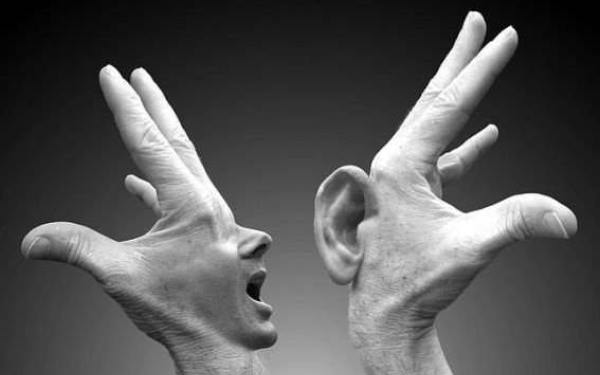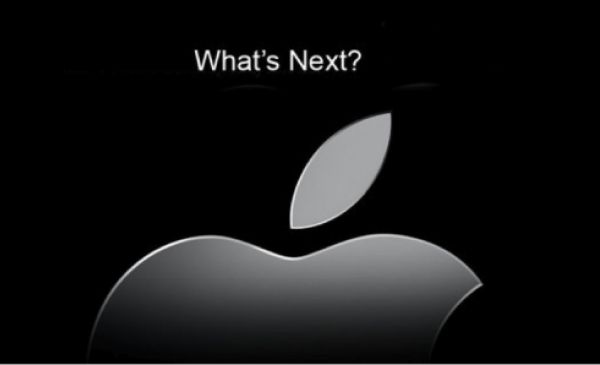William Gibson, speculative fiction writer, has several times stated: The future is already here — it’s just not very evenly distributed.
The truth of this statement lies in the fact that trends are formed by the adoption of something new that facilitates an unchanging human motivation: a need, want or desire. For instance, the advent of Facebook and other social media did not create the desire to share our lives with others, but they have enabled the ability to share more easily, immediately and widely than ever before.
So whatever the future holds, its roots are here with us in the present. The real trick is to predict which thing is going to be the next big thing, which is why Mark Twain was right when he said:
The art of prophecy is very difficult, especially with respect to the future.
Here are three mini scenarios for 2020. My question for you is what will really happen? Do these seem likely or do you envisage an alternative scenario?
1. Scarcity Of Time
- People find themselves increasingly short of time, and can no longer get by with less sleep.
- Lifestyles become less planned, more immediate and volatile.
- People become reliant on technology and brands to facilitate their lives.
- Consumers expect to be able to get what they want when they want it, leading to a boom in on demand and delivery services. Product brands seek to add levels of service and just in time accessibility to their offer.
- People expect packaged goods, food and drink, to be resupplied automatically. As a result, brand owners must focus on initial brand adoption rather than encouraging brand switching.
2. Battle For Control
Faced with a barrage of “almost relevant” advertising in digital media, consumers demand more transparency and control over targeting technologies. Some are willing to pay to opt out of the advertising ecosystem, and media companies and brands face increased political pressure on the privacy front with “do not call” and “do not track.” As a result, all addressable marketing becomes opt-in.
3. Scarcity Of Truth
As consumers grow ever more confused by the plethora of choice, knowing who to turn to for advice becomes more difficult. The advice of friends can no longer be assumed to be unbiased, as brands incentivize followers to promote them. Product placement becomes more manipulative, and shows and sites are regularly called out for being biased. As a result, new social media sites seek to match advice seekers with independent and trustworthy advice givers.
As my colleague Graham Staplehurst once noted, whatever we think, the future will be something else. Decades ago, people predicted that today we would have flying cars and video phones, but instead, we have budget airlines and Skype. They serve the same need but with a different solution.
So what do you think the future holds for marketing? Please share your thoughts.
The Blake Project Can Help: Accelerate B2C and B2B Brand Growth Through Powerful Emotional Connections
Branding Strategy Insider is a service of The Blake Project: A strategic brand consultancy specializing in Brand Research, Brand Strategy, Brand Licensing and Brand Education





2 comments
JLarryBurns
January 8, 2013 at 12:51 am
You raise some truly “already here” themes. I think the one missing within #2 … kind of a build on it if you will.
Instead of only the ability to “opt-out” or “opt-in” which merely opens/closes the single gate of “yes, I’ll reluctantly tolerate your all too frequent attempts to market AT me something your brands particular models say I’d likely want to buy”. Why not a service that permits the alternative of actually letting me REQUEST certain channels WHEN I AM interested. e.g. I need a car … so now I really care about learning a lot about cars and am willing to open up to targeted, personalized media (already being created) to help me learn.
The “real-time micro-auction” held for what appears on my screen then is not about what ‘almost relevant’ interrupter banner I might be exposed to based on some arcane algorithm but, rather my specific expressed (rather then inferred) interest.
Imagine the simple ‘dashboard’ of anything I might already know (Do I want 2 doors or 4, mileage of over 40 MPG, or – you see the idea). Yes, things like this exist today – but it’s brand by brand by brand (except for CarMax, or other auto sites since the auto industry price point justifies build industry specific destinations) which is really far from truly human friendly. Plus the added downside is do I really want to divulge all of this to the brand or have a ‘trusted third party (Remember the promise of ‘intelligent agents’ for the dim recesses of history, like a a decade ago?)
Next imagine I have easily, in real time, self-identified as interested in the “channel” – so now I am wanting to learn.
To me, as an advertiser, that’s worth paying for far more than an “advantaged CPM based on a statistical model of past behavior, purchase data, and a wee bit of Alchemy”.
In fact why couldn’t I as the end consumer be “paid” to raise my hand when I am in buying mode – eliminate the middle men of media networks altogether and let me bring in what I want. (Yes, I know of the ‘echo chamber’ arguments of only listening to one viewpoint, or “not knowing what you don’t know” but those are tweaks versus the sea change of full on “request advertising”).
Sure “Big Data” give us new insights and far greater ability to infer … but so far it still comes from an “AT ME” versus “FOR ME” marketing perspective. The entire marketing and advertising media world and the dollars within it are already in the midst of massive change. Frankly, is is simply just difficult to overcome the inertia of current money flows so it is still hard to truly see the changes … yet the future IS here.
Now what are we going to do about it is the fun part.
MrRyanConnors
January 11, 2013 at 11:57 am
Nigel, I think the future of marketing is opt-in concentric. You hit the nail on the head with the at-me vs for-me analogy and technology is enabling the filtering of unwanted messaging. While advertising won’t go away quickly, the companies that create channels of communication that entice the consumers will pull ahead.
Comments are closed.